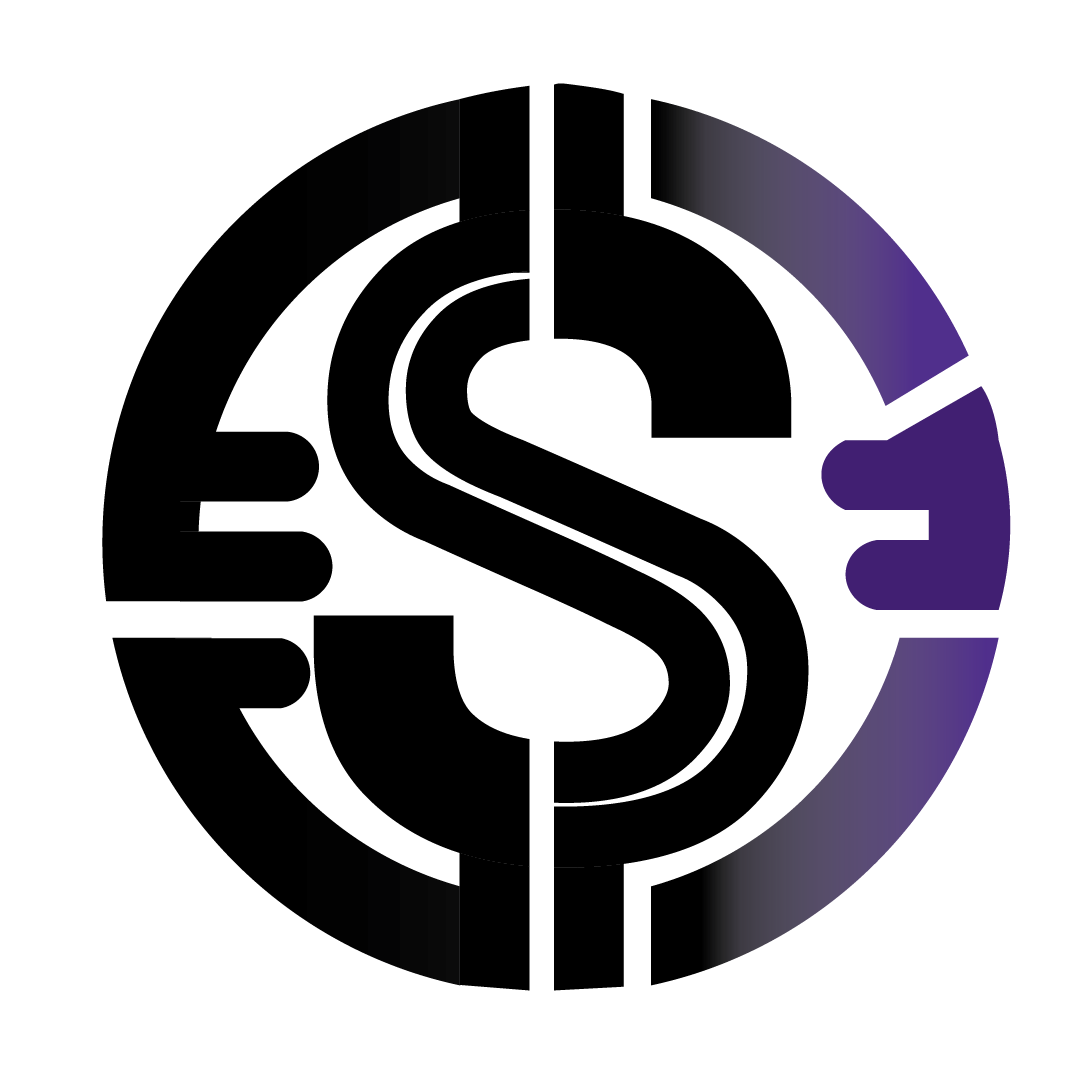Tackling non-payment in credit card debt collections is a complex process that involves multiple phases of recovery and legal action. Understanding the recovery system is crucial for creditors seeking to recover funds owed to them. This article explores the three phases of the recovery system and provides key takeaways to guide creditors through the process.
Key Takeaways
- Understanding the 3-phase recovery system for credit card debt collections is essential for creditors to navigate the process effectively.
- Phase One involves initial recovery processes such as sending letters to debtors, skip-tracing, and attempting to contact debtors for resolution.
- Phase Two includes legal action and attorney involvement, where debtors are contacted by attorneys and letters are sent demanding payment.
- Phase Three offers recommendations and costs, including options to close the case if recovery is unlikely, proceed with litigation, or continue standard collection activities.
- Creditors should carefully consider the costs and recommendations in Phase Three before making a decision to proceed with legal action or pursue standard collection activities.
Understanding the Recovery System
Phase One: Initial Recovery Process
Within the first 24 hours of account placement, a multi-pronged approach is initiated. Debtors receive the first of four letters, while extensive skip-tracing and investigation efforts are undertaken to secure optimal financial and contact data. The collection team employs a variety of communication methods, including phone calls, emails, text messages, and faxes, to engage with the debtor and seek resolution.
Daily contact attempts are standard during the initial 30 to 60 days. Persistence is key; however, if these efforts do not yield a settlement, the process escalates to Phase Two, involving legal counsel.
The initial phase is critical in setting the tone for the recovery process. It’s a blend of diplomacy and determination, aiming to resolve the debt amicably. Below is a summary of the actions taken:
- Sending of the first letter via US Mail
- Comprehensive skip-tracing and debtor investigation
- Persistent communication attempts by the collection team
Should these measures fail to produce a satisfactory outcome, the case transitions seamlessly to the next phase, ensuring no momentum is lost in the pursuit of debt recovery.
Phase Two: Legal Action and Attorney Involvement
When recovery efforts escalate to legal action, the process intensifies. Attorneys step in, wielding the weight of the law. They draft demand letters and make persistent calls, aiming to settle the debt. If these efforts falter, a decision looms: to litigate or not.
Litigation is a pivotal moment. It demands weighing the potential for recovery against the costs involved.
Costs are upfront and vary by jurisdiction, typically ranging from $600 to $700. These cover court costs, filing fees, and more. Should litigation proceed without success, the case closes, and no further fees accrue from our firm or affiliated attorneys.
Here’s a snapshot of our competitive collection rates:
| Claims Submitted | Accounts < 1 Year | Accounts > 1 Year | Accounts < $1000 | Attorney Placed Claims |
|---|---|---|---|---|
| 1-9 | 30% | 40% | 50% | 50% |
| 10+ | 27% | 35% | 40% | 50% |
These rates reflect our commitment to tailored solutions, ensuring a fair balance between the effort invested and the outcome achieved.
Phase Three: Recommendations and Costs
At the crossroads of recovery, clients face a critical decision. If the odds are against successful collection, closure is advised, sparing further expense. Conversely, choosing litigation triggers upfront costs, with fees typically spanning $600 to $700. These are necessary to launch legal proceedings in pursuit of the full debt amount.
Deciding against legal action doesn’t leave you empty-handed. Standard collection efforts continue, relentlessly pursuing what’s owed.
Our fee structure is straightforward and competitive, rewarding success. Here’s a quick breakdown:
-
For 1-9 claims:
- Under 1 year: 30%
- Over 1 year: 40%
- Under $1000: 50%
- With attorney: 50%
-
For 10+ claims:
- Under 1 year: 27%
- Over 1 year: 35%
- Under $1000: 40%
- With attorney: 50%
The choice is yours, but remember, no recovery means no fees. Our commitment is to your financial victory, with transparency and integrity guiding every step.
Frequently Asked Questions
What is the recovery system for non-payment in credit card debt collections?
The recovery system consists of three phases: Initial Recovery Process, Legal Action and Attorney Involvement, and Recommendations and Costs.
What happens if the possibility of recovery is not likely after thorough investigation?
In this case, we will recommend closure of the case, and you will owe nothing to our firm or our affiliated attorney for these results.
What are the options if litigation is recommended?
If litigation is recommended, you will have the option to proceed with legal action or withdraw the claim. If you proceed with legal action, you will be required to pay upfront legal costs such as court costs and filing fees.
What are the collection rates for non-payment cases?
The collection rates depend on the number of claims submitted and the age of the accounts. Rates range from 27% to 50% of the amount collected.
What actions are taken in Phase One of the recovery system?
In Phase One, letters are sent to the debtor, skip-tracing and investigation are conducted, and attempts to contact the debtor are made using various methods such as phone calls, emails, and faxes.
What happens in Phase Two of the recovery system?
In Phase Two, the case is forwarded to an affiliated attorney, who will draft letters demanding payment from the debtor and attempt to contact the debtor via telephone.

